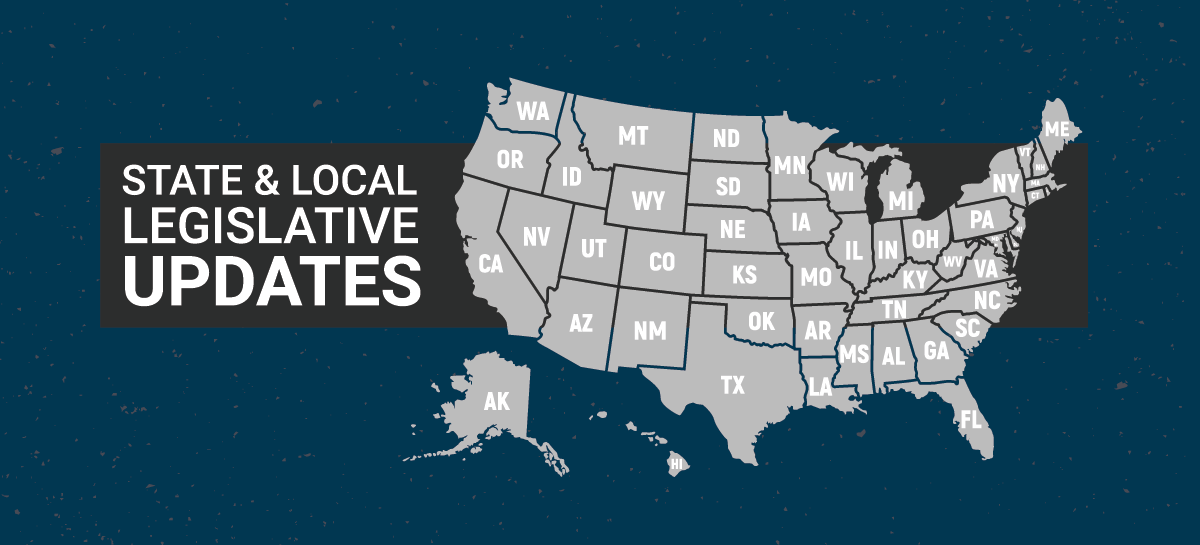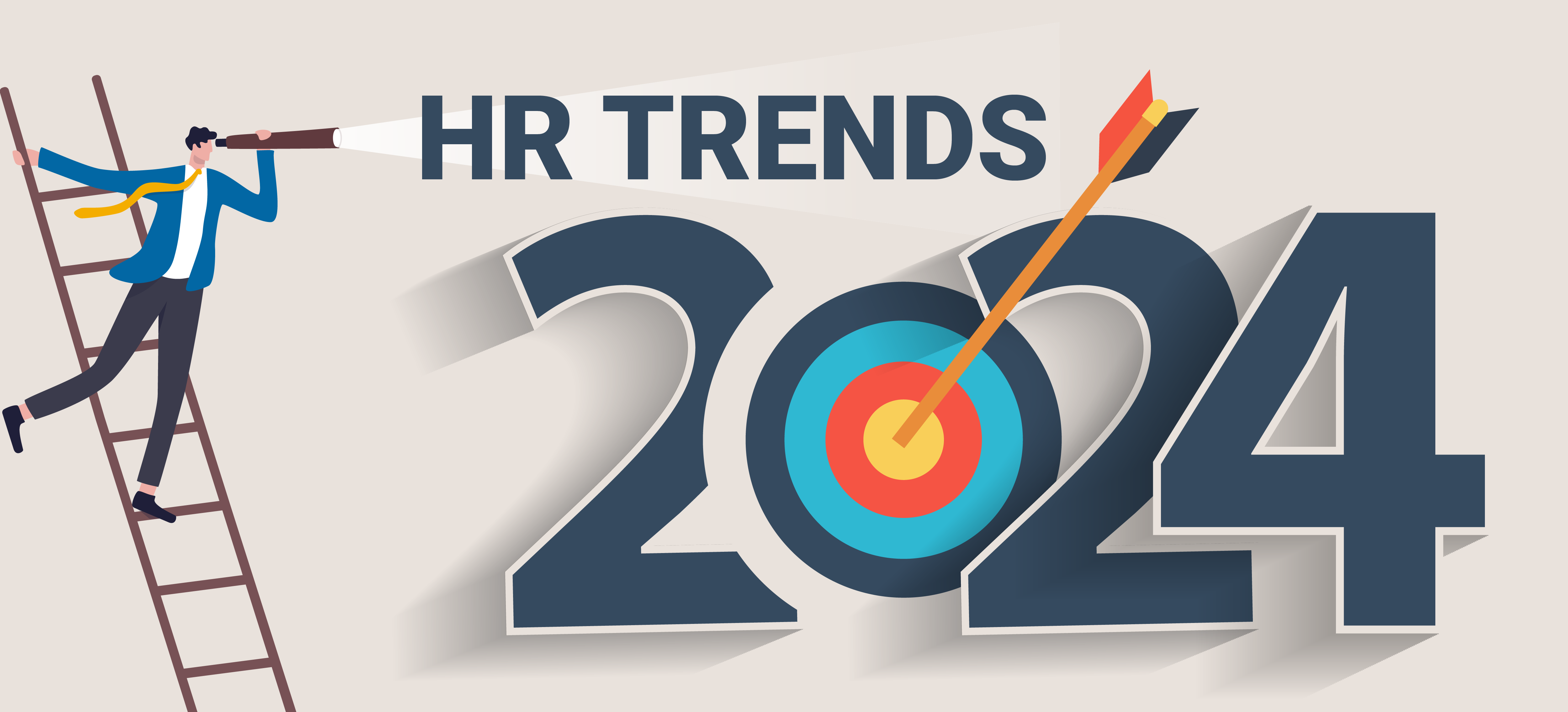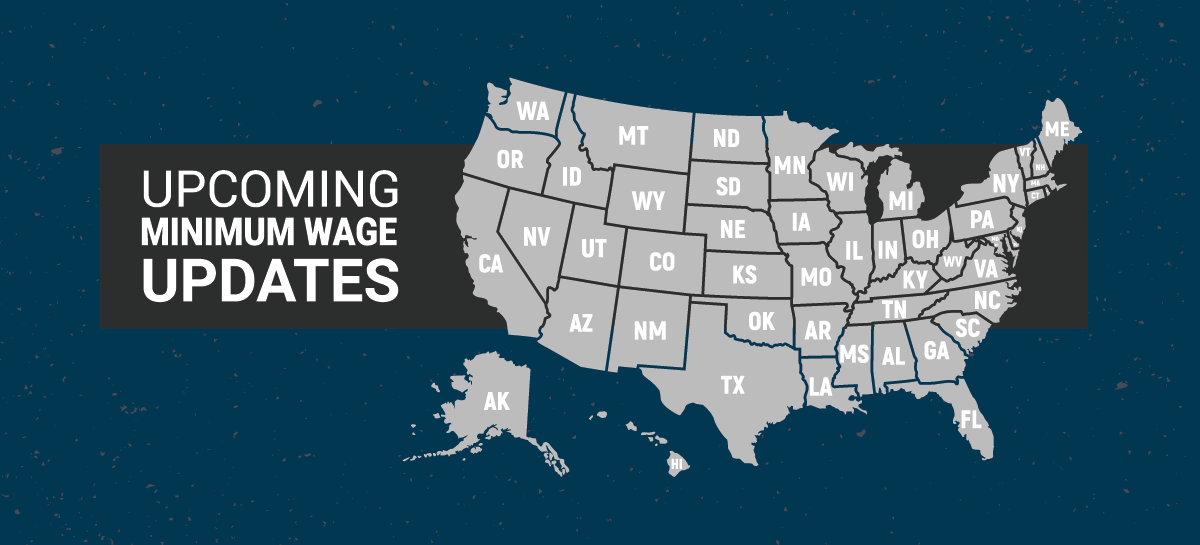
California Updates Paid Sick Leave FAQs and Employee Notices – In advance of changes to the state paid sick leave requirement taking effect Jan. 1, 2024, the California Division of Labor Standards Enforcement (DLSE) has updated its answers to frequently asked questions (FAQs) about paid sick leave, as well as the paid sick leave poster and employee notice.
Read more: California Legal Update
Continue reading






